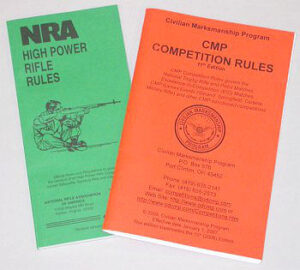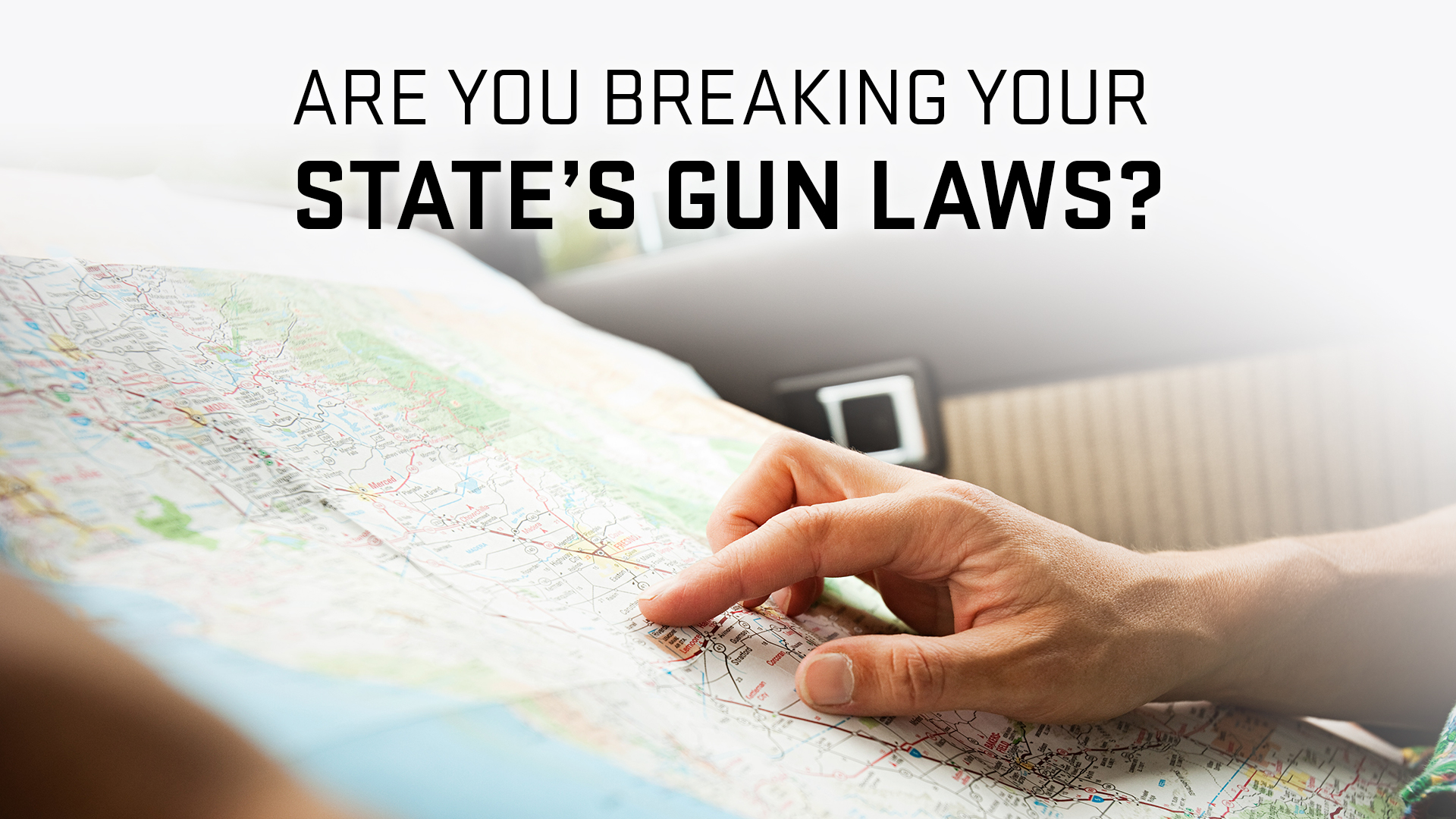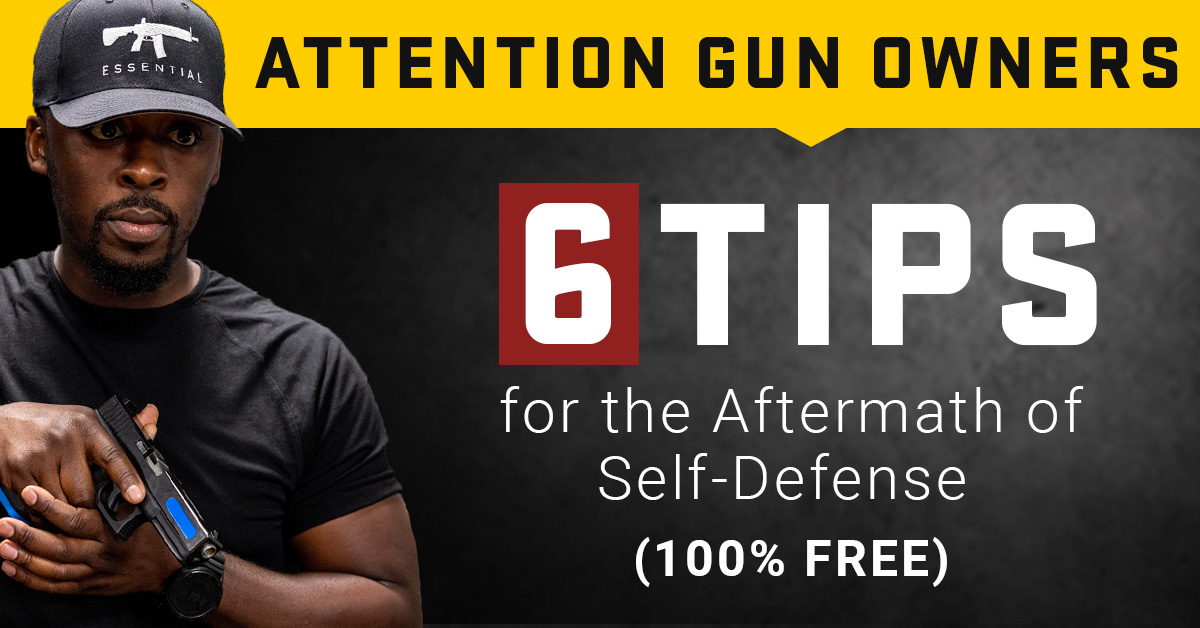Related Articles
At the 2024 Garmin King of Coal Canyon PRS Pro Series match, something unique happened: muzzle velocities were recorded on Stage 1 for every single shooter using a Garmin Xero C1 Pro Chronograph. As far as I know, this is the only time in PRS history that velocities were captured for the entire field during a match. That gave us an incredible dataset to dig into.
Veteran match directors Derek Love and Michael Beemer collected the data and suggested someone analyze it to see if lower SDs correlated with better performance. Since I shot in the match myself (and loved it), I jumped at the chance.
Like any data collected in the real world, there were some surprises!
With the 2025 King of Coal Canyon coming up soon, this felt like the perfect time to dive into the numbers. By the way, there were still a few spots left in this year’s match, which is held at the NRA Whittington Center in Raton, NM. You can register here.
Here are a few of the key statistics over all 105 total shooters who competed at this PRS match:
- 75% of shooters had a Standard Deviation (SD) under 10.4 fps
- Median SD was 7.1 fps (half of shooters were below and half above)
- Average SD was 9.1 fps, skewed slightly higher than the median because of 3 outliers with SDs over 25 fps (Learn more about whether median or average is more useful)
Only the Muzzle Velocity Standard Deviation (SD) was recorded for each shooter. Why not the Extreme Spread (ES) of the velocity? One expert sums it up by saying, “ES is not a reliable statistical indicator. The best indicator of velocity variations is the standard deviation.” Another industry expert said it this way: “ES is a misleading measure of the variation because it ignores the bulk of the data and focuses entirely on whether extreme events happened to occur in that sample. We need a metric that best represents the variation that we care about describing and takes all the data into account. This is standard deviation (SD).” If those statements are confusing, I wrote an article that explains it all with diagrams and in a way that even the non-nerds can understand: Extreme Spread (ES) vs. Standard Deviation (SD).
How did SDs correlate with how shooters placed?

At first glance, there doesn’t seem to be a discernible pattern in the data. While most people who finished the match in the top 10 had an SD between 4 and 8 fps, you can see two of the top 10 recorded SDs of 12.1 and 14.1 fps on Stage 1.
To get a clearer view, I grouped shooters into four groups based on overall match finish:
- 1st to 25th: Median SD = 6.7 fps
- 26th to 50th: Median SD = 6.3 fps
- 51st to 75th: Median SD = 7.8 fps
- 76th to 105th: Median SD = 8.4 fps


I would’ve loved to see a clean progression where the higher up you placed, the lower the SD was. But, that isn’t exactly the story the data tells – and that is because SD is not all that matters in this game. The guy pulling the trigger is still the most important factor! A great shooter with a moderate SD can still place well, as shown by Morgun King finishing 3rd with a 12.1 fps SD. Morgun is a great trigger-puller and world-class competitor.
However, the chart clearly shows that competitors who finished in the top half had median SDs of 6.7 or less, while those in the bottom half had median SDs of 7.8 to 8.4 fps.
This shocked us all, but the highest SD recorded was 69.8 fps!!! The match directors actually announced the winner of the highest SD at the awards banquet following the match, and it turned out to be Richie Nethery, who placed 13th overall in the match! Richie only hit 3 targets on Stage 1, but he averaged 7.8 points on the other 19 stages. Something clearly went wrong with his ammo or gear on Stage 1 that wasn’t representative of his other stages.
Everyone else in the top 30 had SDs under 15 fps, so the one outlier of 69.8 is just that – an outlier.
Blake Milford had the lowest SD at 3.1 fps. There were several competitors who had measured SDs below 4 fps. Clearly, all of these guys had some fantastic ammo:
| Name | SD on Stage 1 (fps) |
| Blake Milford | 3.1 |
| Josef Sixt | 3.2 |
| Ken Bailey | 3.5 |
| Moritz Mayr | 3.7 |
| Todd Goossen | 3.7 |
| Dylan Bailey | 3.8 |
| Timothy Provin | 3.8 |
| Shaun Haymore | 3.9 |
Interestingly, only 2 of those 8 shooters placed in the top 20. So, while low SDs are impressive, they’re not everything. It shows that while super-consistent ammo can help, a PRS match is not an ammo-loading contest. There is a lot more that goes into it!
Finally, since all velocity data came from Stage 1, I compared SDs to performance on that stage. Here is the data:

Only 1 shooter cleaned Stage 1 (i.e., hit targets on all 10 shots). That was Morgun King with an SD of 12.1 fps on that stage.

Several shooters with SDs under 6 fps or less only picked up 2-5 points on Stage 1. I personally competed in this match, and I can tell you firsthand that Stage 1 was tough! Target acquisition was tough, and the winds were gusty at times. In fact, I’m embarrassed to admit – but Stage 1 was a train wreck of a stage for me, despite my 5.7 fps SD! 😉
All of the velocities gathered at the match were taken on Stage 1. The page below is from the match book, and it describes Stage 1 with photos of the actual target placement.


Stage 1 was a basic 5-target troop line ranging from 710 yards to 1033 yards. (Note: The top of the page says 1100 yards for the last target, but that was a misprint. The distance matched what was shown on the image, which was 1033 yards.)
To put all of this muzzle velocity variation in context, let’s explore what it would take in terms of SD to miss the 20” circle at 1,033 yards.
The goal for most long-range competitors is for their muzzle velocity SD to be in the single digits (i.e., less than 10 fps). However, there are a number of uncertainties that play into whether a single shot connects with its intended target. So it isn’t as simple as saying if your SD was 12 fps or less, you’d hit, and if it was more than that, you’d miss. When it comes to uncertainties, real analysis will always speak in probabilities.
The team at Applied Ballistics came up with something called WEZ Analysis, which is a software tool to help us take all of the different sources of uncertainty and error in a long shot into consideration. The WEZ tool performs a Monte Carlo simulation, which is a good way to model scenarios that have a certain level of uncertainty in the inputs. This is a great model for long-range shooting because inputs like muzzle velocity or extreme spread of your group can’t be quantified with 100% certainty. Your muzzle velocity might average 3000 fps, but Shot #1 may be 3005, Shot #2 may be 2985, and Shot #3 may be 3010. That averages 3000 fps, but there is still shot-to-shot variation. Monte Carlo simulations essentially play out hundreds or thousands of possible outcomes based on your inputs. The variables in each scenario are randomly populated within the ranges you set and according to a probability distribution. For example, if you gave some input that said your rifle was capable of holding a 0.5 MOA extreme spread, then it might play out one scenario where it drilled the exact point of aim, another where it hit 0.2 MOA high, another where it hit 0.25 MOA low, another that hit 0.12 MOA to the right, etc. Those shots would all still be within a 0.5 MOA group. It does that same thing for each of the variables in every scenario (muzzle velocity, wind call, range estimation, etc.), then it plays out each scenario, and plots where the shot would land. After it runs 1,000 different scenarios, it looks at the results of all of those and calculates your probability of hitting the target based on the variables you entered.
So, I plugged all of the data into the WEZ analysis on the AB Quantum iPhone App for this specific scenario from Stage 1, and here are the results:

This was calculated for a 6.5 Creedmoor launching a Berger 153.5 LRHT bullet at 2,660 fps. That is an extremely common cartridge/bullet combo for this King of Coal Canyon PRS match, because it has farther targets and a higher percentage of prone stages than most other PRS matches. It’s also common for the wind in the canyon where the match is held to be very tricky, so a lot of shooters like the higher energy the heavier bullet provides downrange to help them spot impacts and make corrections.

For the analysis, I used a range uncertainty of +/- 2 yards, which is the best you could expect at this distance, even with the best military-grade rangefinders. The rest of the WEZ inputs all matched Applied Ballistics’ defaults for “High” certainty.

So even with an SD of 20 fps, you still had a 70% chance of connecting with the target – assuming that your ballistic solution was perfectly trued to your actual impacts, your rifle was perfectly level, and you broke the shot perfectly. In the real world, I’d expect those 3 assumptions weren’t true for all of the shots broken on Stage 1 at the match – but we’ll run with it for now.
If you had your ammo really dialed in and it was producing a 5 fps SD, then you could expect an 87% hit probability on that farthest target on Stage 1. While 70% to 87% may not sound like a lot, that represents a 24% improvement! The Math = (87-70) / 70 = 24.3
A 24% improvement in hit probability over a match with around 200 shots fired over two days can absolutely swing the outcome.
The AB Quantum app provides a few ways to visualize the WEZ analysis results. The charts below provide a breakdown of where different sources of error are coming from on this shot at 1033 yards in terms of vertical dispersion.

Keep in mind that the vertical uncertainty from the range, drag, rifle, and other factors is identical in both scenarios above. Only the uncertainty related to the “MV” column is changing between the two scenarios.
On the left, the vertical uncertainty related to MV is less than 0.05 mils, which is very similar to the uncertainty from these other major factors:
- Range being +/- 2 yards from the actual distance
- Drag of your bullet changing slightly from one bullet to another (1% is very good consistency, and only the best match-grade bullets achieve that)
- Rifle’s mechanical precision (0.15 mrad is roughly 0.5 MOA – and any rifle that can shoot a 10-shot group and be inside of 0.5 MOA is an elite competition rifle)
But on the right, there is almost 0.13 mils of uncertainty coming from the muzzle velocity alone, which towers above those other factors. While 0.13 mils of uncertainty may not sound like a lot, all of those sources of error can stack, which is why your hit probability is almost 10% less when you have an SD of 15 fps rather than 5 fps.
I shared a draft of this article with Bryan Litz and the Applied Ballistics team, and I want to highlight one of Bryan’s thoughtful comments that adds important context to the WEZ analysis:
“Any time I talk about WEZ, I’m sure to point out that the hit % is based on the inputs, which usually characterize 1st shot uncertainties. After you fire and observe the first shot and apply the feedback, you’re effectively nulling out all the variables except for MV SD, BC SD, and group size. In other words, any error that was systemic, the shooter nulls using feedback from observed impacts. If you’re not seeing impacts and just shooting continuously with the same POA, that’s where you’d see the lower probability of hit.” – Bryan Litz
That’s an important point. WEZ assumes you’re not changing uncertainty between shots, but in a match, good shooters are watching impacts, learning, and making corrections. I’ll admit there have been stages where I was too distracted to do that well, and we’ve all had moments where we didn’t spot a shot or failed to adjust.
Still, even when you’re correcting, you can’t eliminate all uncertainty. Random variations in velocity, drag, and gusty wind can still cause misses. So while WEZ might overstate some risk on follow-up shots, the lesson stands – lower SD gives you more margin for error and more confidence in your corrections.
Lower SDs help reduce vertical uncertainty. If your SD is 5 fps and you hit the bottom of a target, you can confidently adjust up 0.1 mils. But if your SD is 15 fps, that low hit might just be a fluke due to shot-to-shot velocity variance. Adjusting up could cause the next shot to miss high.

Look back at the shot simulation above. For the 15 fps scenario, there are shots that missed the target high and low, even though the simulation assumes that our dope was perfect and the shot was broken perfectly. That means with higher SDs, you need to be more cautious with your corrections, because it’s hard to know exactly where your cone of accuracy or the center of a shot group would be on the plate. Not being able to correct shots to the center of the plate could cause you to drop a couple of points over a 200-shot pro match.
Almost all of us want less than 10 fps SD over 10-shot strings, and I’d personally feel a lot better about it if my ammo SD is under 8 fps. I do think there is a point of diminishing returns, so chasing 3 or 4 fps SDs may have very little practical value, because it is easily lost in the noise of all of the other factors that could cause a miss during a competition in the field.
Huge thanks to Derek Love and Michael Beemer for running the King of Coal Canyon. It’s one of the best PRS matches out there, held at the beautiful NRA Whittington Center in Raton, NM – the largest range in the world! If you love prone long-range shooting, this one should be on your calendar.
The 2025 King of Coal Canyon Match is coming up on May 31st and had a few spots left at the time I published this. You can learn more here: Learn More or Register for 2025 King of Coal Canyon

If you’d like to do your own analysis on this data, Michael Beemer published all of it here:
- Muzzle Velocity Data for All Shooters
- Match Scores & Overall Results
- 2024 King of Coal Canyon Match Book (includes course of fire with all stage descriptions)
If you liked this article, I know you would love my “How Much Does It Matter?” series, which takes a data-driven look at what impact different elements have on getting hits at long range using WEZ Analysis.
If you’ve found my content helpful, here are ways you could help support PRB:
If you buy stuff off Amazon, use the link below, and I get credit regardless of what you get or from what country you order – and you pay not a penny more! Amazon has an affiliate program that pays a small commission when readers use links from my website to buy stuff. You still get your stuff at Amazon’s great prices, and you can help support PRB at the same time.
No pressure, but it does cost quite a bit to support the amount of traffic PRB gets, and I spend quite a bit of time creating all this content. If you get value from the content and would like to donate, I promise 100% of it will go towards keeping this thing going!
It would help me out if you’d share a link to this article on Facebook and your favorite rifle forums so more people can benefit from the content.
© Copyright 2025 PrecisionRifleBlog.com, All Rights Reserved.


















